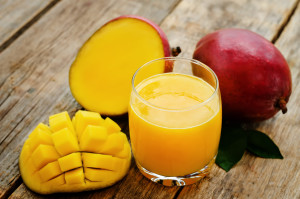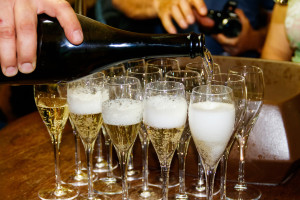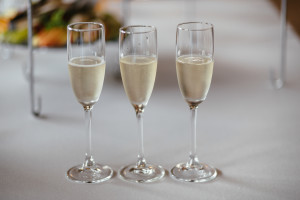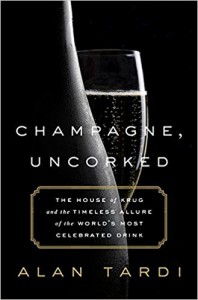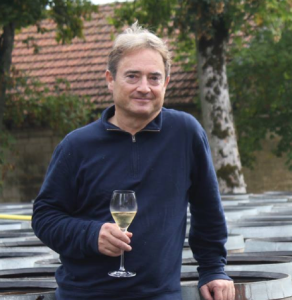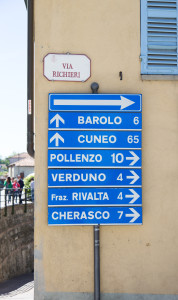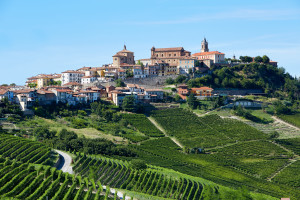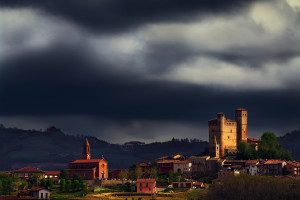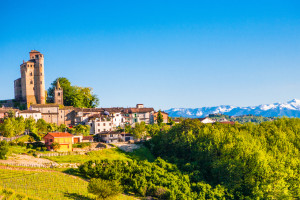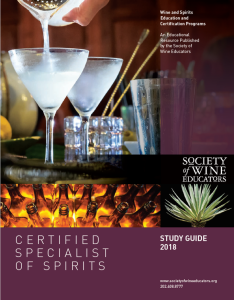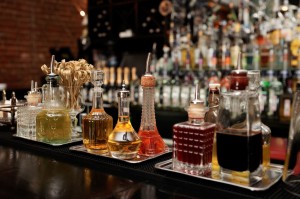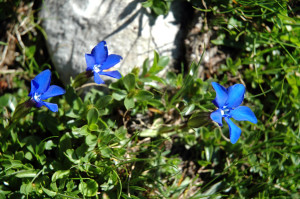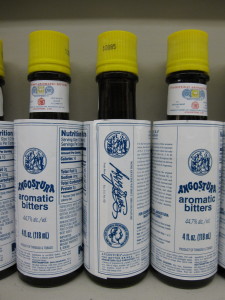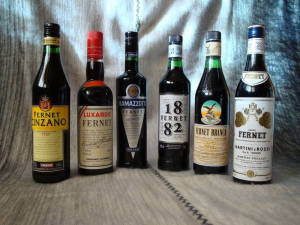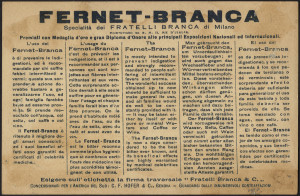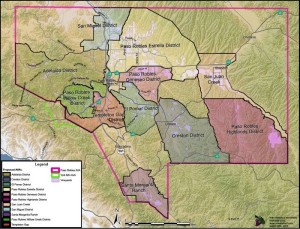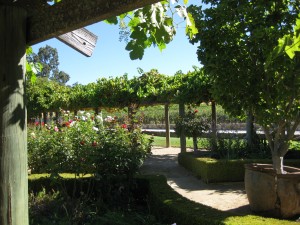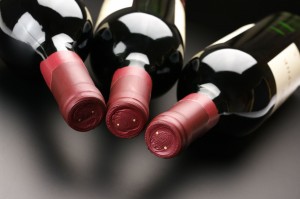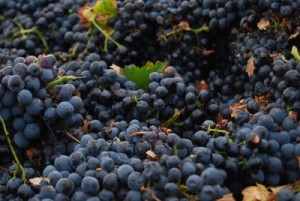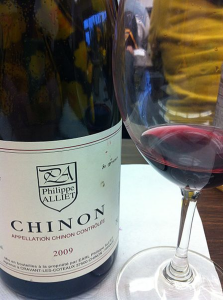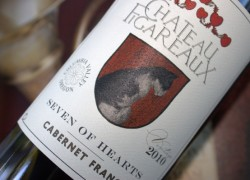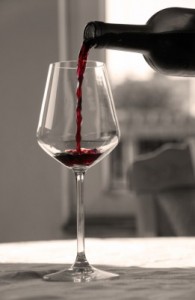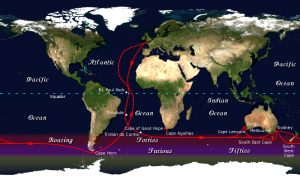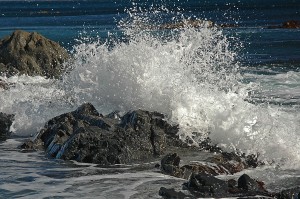Today we have a preview of a session to be presented during SWE’s 42nd Annual Conference, to be held on August 15–17, 2018 in the Finger Lakes Region of New York State. Our guest author is Alan Tardi, who tells us about his upcoming session entitled Dueling Bubbles: A Comparative Examination of the Two Most Popular Sparkling Wines in the World.
I hate it when the name of a famous or prestigious wine category is used as a benchmark for another one — usually one that is less famous or prestigious. And no wine has been subjected to this more often and in more ways than Champagne.
Sometimes the comparison is made out of context altogether: the mangoes that I buy are labeled “Champagne Mangoes,” presumably as a self-proclamation of their high quality (they don’t look or taste anything like Champagne but they are, in fact, really good). There’s also a type of table grape called “Champagne Grapes” apparently because of their tiny bubble-like berries (though these grapes are definitely not one of the seven — yes, seven! — approved varieties for Champagne).
And sometimes other beverages that are not even wine attempt to usurp Champagne’s luster, such as “Miller High Life, the Champagne of Bottled Beers.” [The campaign was originally launched in 1903 when, it could be argued, very few Americans had any first-hand experience with Champagne — many didn’t even have much experience with beer in a bottle — and even the very lowest rung of the champagne ladder was economically out of reach for most of them. Beer, however, was not, and this one was pale and frothy and came in a clear slope-shouldered bottle just like you know what. The moniker was abandoned in 1989 in exchange for “America’s Quality Beer Since 1855” but less than a decade later ‘Champagne’ was back on the label and remains there to this day.]
When it comes to wine, most American consumers now understand that there is something a little bit fishy about the very idea of “California Champagne” though many would still have a hard time articulating exactly what it is. But many American wine drinkers still feel the need to put one wine category up against another in order to get a handle on it: Pinot Noir is the new Merlot; crisp Pinot Grigio is the au courant alternative to over-oaked Chardonnay; Prosecco is the new, hip, economical, everyday alternative to old, stuffy, expensive, special-occasion Champagne.
Worst of all is when two inculpable beverages are thrown into a competitive arena like two gladiators thrust into an all-out fight to the dregs.
So why, you rightly ask, would I do it in my SWE conference session title?
Okay, I admit it: I came up with the “Dueling Bubbles” title solely to catch your attention and, perhaps, whet your bubbly appetite. (And it worked, didn’t it?)
The honest truth is no duel is going to take place on my watch: in fact, the two wines have no quarrel at all, much less a need to fight it out. In my presentation, just like in that soundtrack from Deliverance, the two categories will alternate back and forth between one and the other in a sort of playful intertwining in which the two voices will be clearly distinct, mutually informative, mutually respectful and completely non-combative.
The fact is that there’s a big difference between competition (not to mention overly creative marketing) and comparison.
We wine drinkers compare things all the time. Every time we try to nail down something we’re smelling or tasting in a wine, we do so by comparing it to something else we have smelled or tasted before, and we naturally evaluate wines on the basis of others we have previously experienced. In a similar way, comparing two different types of wine can be very interesting and very useful in helping to better understand them. But there certainly doesn’t have to be a winner or loser.
I think we can all agree that Champagne and Prosecco are two very different wines. Even more important to note is that Champagne and Prosecco are two totally distinct and individual winemaking traditions, unlike many other sparkling wines — including three other Italian appellations — that were created in direct imitation of the French icon.
The differences between Champagne and Prosecco are obvious: grape varieties, growing area and (for the most part) production method (not to mention price category). But what is really surprising and insight provoking are the similarities in the origin and evolution of the two categories, albeit on a different timeline.
Delving deeply into the history of Champagne while researching my book “Champagne, Uncorked: The House of Krug and the Timeless Allure of the World’s Most Celebrated Drink” (Hachette 2016), I started having frequent episodes of déjà vu in a sort of time/space/language warp, encountering over and over again essential commonalities between Champagne and Prosecco despite their significant differences and near complete independence.
And that’s what this session is all about.
I won’t go into details of what these commonalities are — for that you’ll either have to attend the session or, if you can’t make it, look for the presentation slides on the SWE website following the conference. I will say, however, that the end result will be a much deeper understanding and appreciation of both wines, especially Prosecco. And I’ll also give you a preview of the exceptional wines and wineries that will be featured (barring, of course, any delivery snafus).
Here they are:
- Adami — Valdobbiadene Prosecco Superiore “Giardino” Asciutto
- Bellenda — Conegliano Prosecco Superiore “S.C. 1931” Metodo Classico
- Bortolomiol — Rive di S. Pietro Barbozza Brut Nature “Motus Vitae”
- Cá dei Zago — Valdobbiadene Prosecco Col Fondo
- Gregoletto — Colli Trevigiani Verdiso Tranquillo
- Mongarda — Valdobbiadene Prosecco Superiore Extra- Dry “Rive Alte”
- Nino Franco — Grave di Stecca
- Sanfeletto — Conegliano Prosecco Tranquillo “Gastalda”
- Silvano Follador — Valdobbiadene Superiore di Cartizze Brut Nature
About the speaker: Alan Tardi, former NYC chef and restaurateur, has long worked as a freelance journalist authoring articles about wine and food for numerous publications including The New York Times, Wine & Spirits Magazine, The Wine Spectator, Decanter, Sommelier Journal, and Food Arts. In 2003, Alan moved to the village of Castiglione Falletto in the heart of the Barolo region in Piemonte, Italy, where he spent several years working in the surrounding vineyards and wineries through all phases of the growing and production process, an experience which completely changed his perspective on wine. In 2009 Alan began frequenting the Conegliano Valdobbiadene Prosecco winegrowing area and, after successive visits during which he developed a rapport with many local farmers and producers, as well as principals of the governing Consortium, was named first ever US Ambassador of Conegliano Valdobbiadene in January 2015. His first book, ‘Romancing the Vine: Life, Love and Transformation in the Vineyards of Barolo’ (St Martins Press, 2006) won a James Beard Award for Best Wine and Spirits Book of 2006. And a new book, “Champagne, Uncorked: The House of Krug and the Timeless Allure of the World’s Most Celebrated Drink” (Hachette/PublicAffairs 2016) recently won a Gourmand Best in the World Award in the French Wine category.
Alan’s session, Dueling Bubbles: A Comparative Examination of the Two Most Popular Sparkling Wines in the World , will be offered on Thursday, August 16, 2018 at 10:30 am as part of the 42nd Annual Conference of the Society of Wine Educators to be held in the Finger Lakes Region of New York State.
